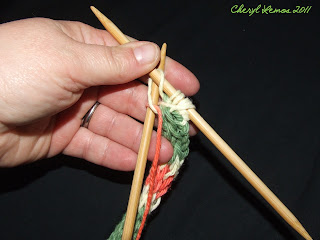The several summers in the mid-80s the Appalachians were overrun with Gypsy Moths. The wreaked havoc by defoliating miles and miles of trees . . . leaving a trail of devastated forests in their wake. You couldn’t walk anywhere without smooshing them underfoot; green goop bursting out of one end or the other. Strings and strands of wiggly critters dangling from translucent strands everywhere, hanging like wretched decorations from branches. You could literally hear their poop falling through the trees like rain. They were everywhere and they were gross.
Nary a day would pass that planes couldn’t be seen flying overhead spraying insecticide to try to stop the munching army of leaf eaters.
I remember walking along the road with a can of Raid and a lighter flaming up nests anywhere I spotted them; taking grim satisfaction in destroying the horrid creatures. Thinking back on it that was a really stupid thing to do. You see, I was a young teeny-bopper at the time and I’m lucky I didn't cause a major fire in the process.
I remember marching in a Memorial Day parade and the caterpillars would literally be falling on our heads and shoulders and were covering the road as we moved along the parade route. That experience ruined the enjoyment of parades for me for years.
Gypsy moth caterpillars were introduced into Massachusetts Pennsylvania in the late 1980’s and have continued their westward movement as far as Minnesota United States

Gypsy moth caterpillars have five double rows of blue spots followed by six double rows of red spots on its back and very hairy. In its native European range, gypsy moths has natural enemies such as parasites and diseases keep it in balance with its environment. In the
___________________
I have lots of yarn that I have no idea what to do with. Much of is donated yarn from other stashes that I snatched up in a moment of fiber induced hysteria. Most of it is stuff I wouldn’t use for finer projects; like socks, sweaters and whatnot.
A practical and easy way to utilize this yarn is to make I-cord pot holders. You can use all one color or whatever color combination suits your fancy.
Like I said, knitting I-cord is easy peasy . . . knit knit knit . . .easy enough for a beginner.
This is the technique I learned. It's fun and goes fast.
Using short double-pointed (DP) needles, cast on a small number of stitches, 3, 4, 5 or 6 stitches.
Knit, don't turn.
Slip the stitches back to the beginning of the needle and knit the row again.
Continue in this manner until you have a short length of knitting, pull down on the cord and the gap at the back will close.
Continue until the cord is the length you desire.
Break off and thread the yarn through the stitches and pull firmly.
Simply make a coil and sew as you go. Simple.












No comments:
Post a Comment